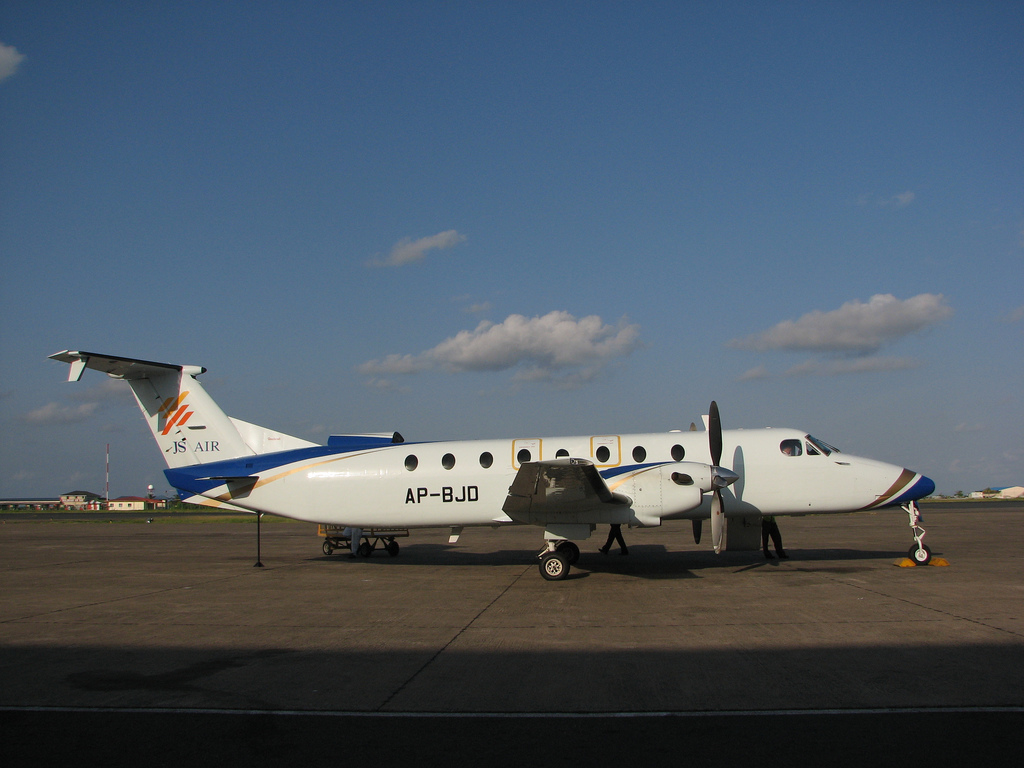JS Air B190 at Karachi on Nov 5th 2010, engine failure on takeoff
Last Update: December 18, 2015 / 19:36:03 GMT/Zulu time
A JS Air Beech 1900C, registration AP-BJD performing a charter flight from Karachi to Bhit Shah (Pakistan) with 19 passengers and 2 crew, had just taken off Karachi's Jinnah International Airport when the crew reported the right hand engine failed an...
A JS Air Beech 1900C, registration AP-BJD performing a charter flight from Karachi to Bhit Shah (Pakistan) with 19 passengers and 2 crew, had just taken off Karachi's Jinnah International Airport when the crew reported the right hand engine failed an
You've hit your monthly reading limit
Get a subscription or get a day pass right now and read this article and over 15'000 more.
Incident Facts
Date of incident
Nov 5, 2010
Classification
Crash
Cause
Engine failure
Airline
JS Air
Departure
Not revealed
Destination
Not revealed
Aircraft Registration
N343434
Aircraft Type
BEECH C-12J
ICAO Type Designator
B190
Airport
Zurich International Airport
Airport ICAO Code
AFTZ
You have reached your free reading limit for this month.
Subscribe to AeroInside now and continue reading without any limits.
Subscribe today
Are you researching aviation incidents? Get access to AeroInside Insights, unlimited read access and receive the daily newsletter.
Pick your plan and subscribePartner

ELITE Simulation Solutions is a leading global provider of Flight Simulation Training Devices, IFR training software as well as flight controls and related services. Find out more.
SafetyScan Pro provides streamlined access to thousands of aviation accident reports. Tailored for your safety management efforts. Book your demo today
AeroInside Blog
Popular aircraft
Airbus A320Boeing 737-800
Boeing 737-800 MAX
Popular airlines
American AirlinesUnited
Delta
Air Canada
Lufthansa
British Airways
